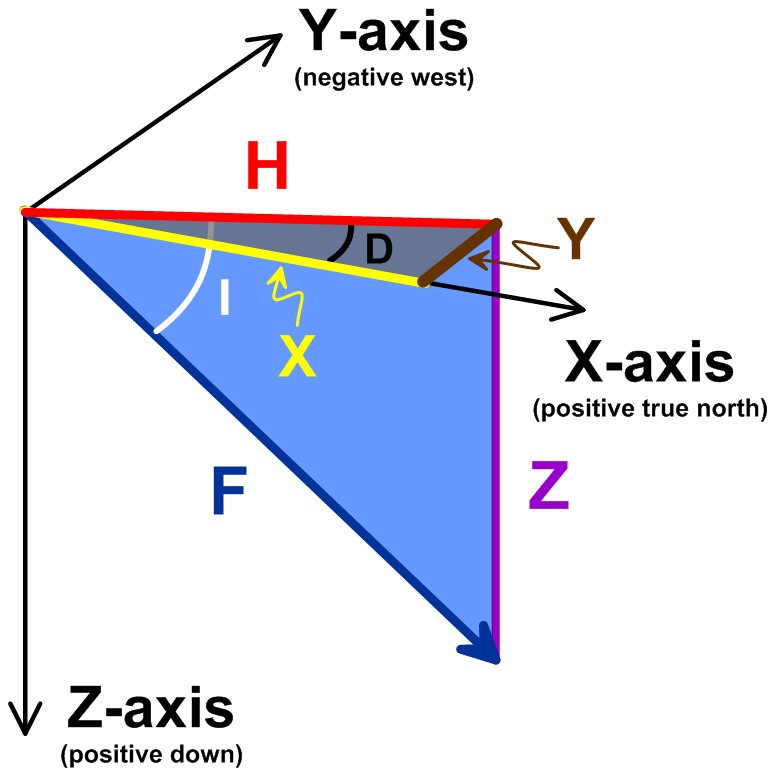Figure 3. The Constantly Changing Seven Magnetic Field Elements.

The magnetic field experienced at or near the Earth's surface is constantly changing in both space and time due to secular variation in the Main Field (>90% of the total field intensity), interactions with the unpredictable and temporally dynamic interplanetary magnetic field (largely of solar origin and as large as 10% of the total field intensity) and the crustal anomaly field (<1% of the total field intensity). The seven elements include: F, the total field intensity measured in nanotesla (SI) or gauss (CGS); D, the declination angle measured positive to the east of true north; I, the inclination angle measured positive in the downward direction relative to horizontal; H, the horizontal component of the total field intensity; X, the north-south component of H measured positive to the north; Y, the east-west component of H measured positive to the east; Z, the vertical component of the total field intensity measured positive in the downward direction. X, Y, and Z define a three-dimensional Cartesian coordinate space, whereas F, I, and D define a three-dimensional spherical coordinate space. The bicoordinate F-I space is polar by definition and is equivalent to the two-dimensional H-Z Cartesian coordinate space (see also Figure 7).
